Mary Frank
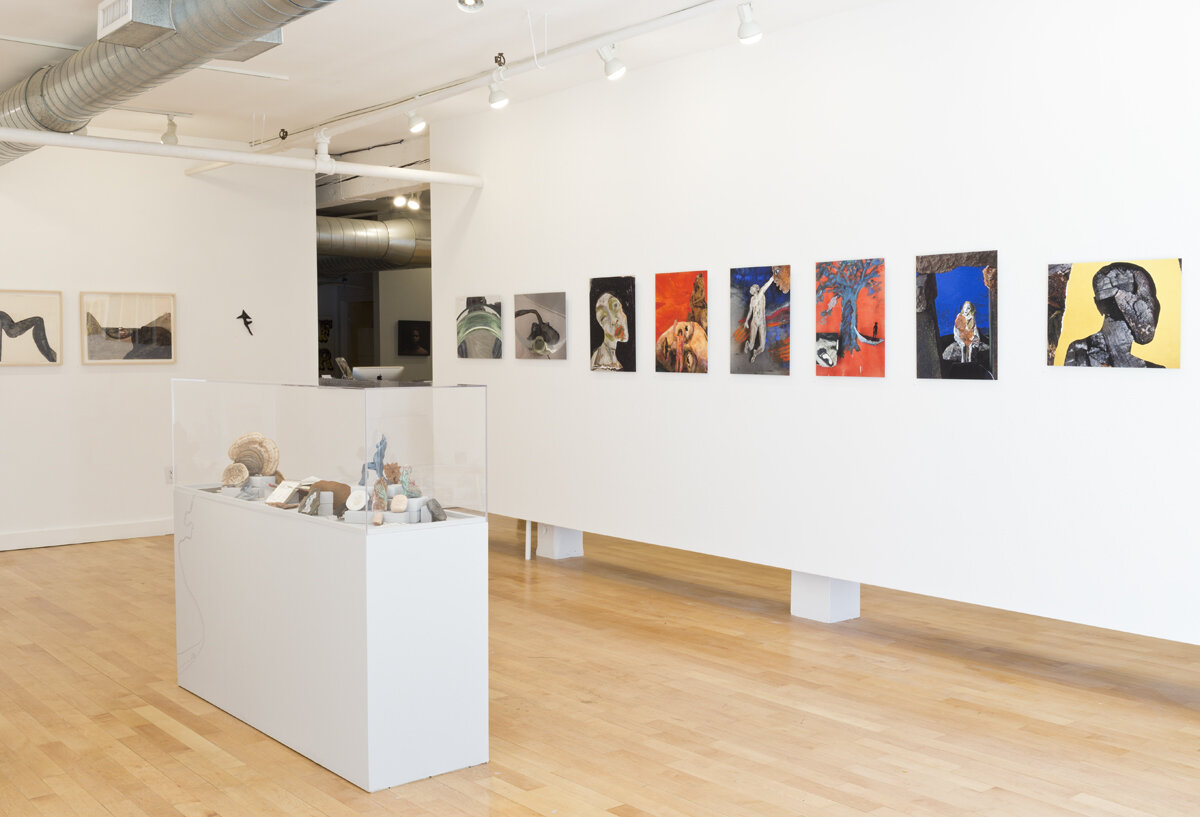
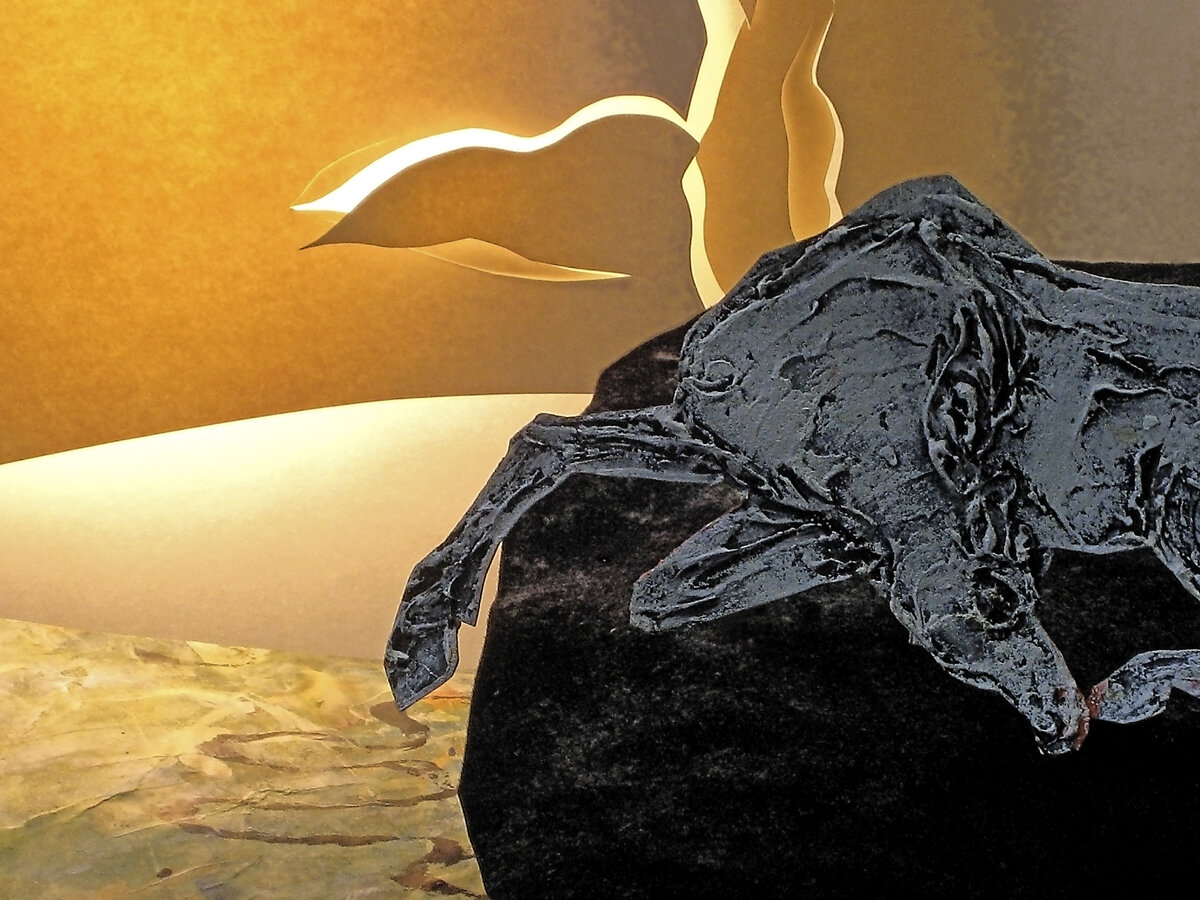
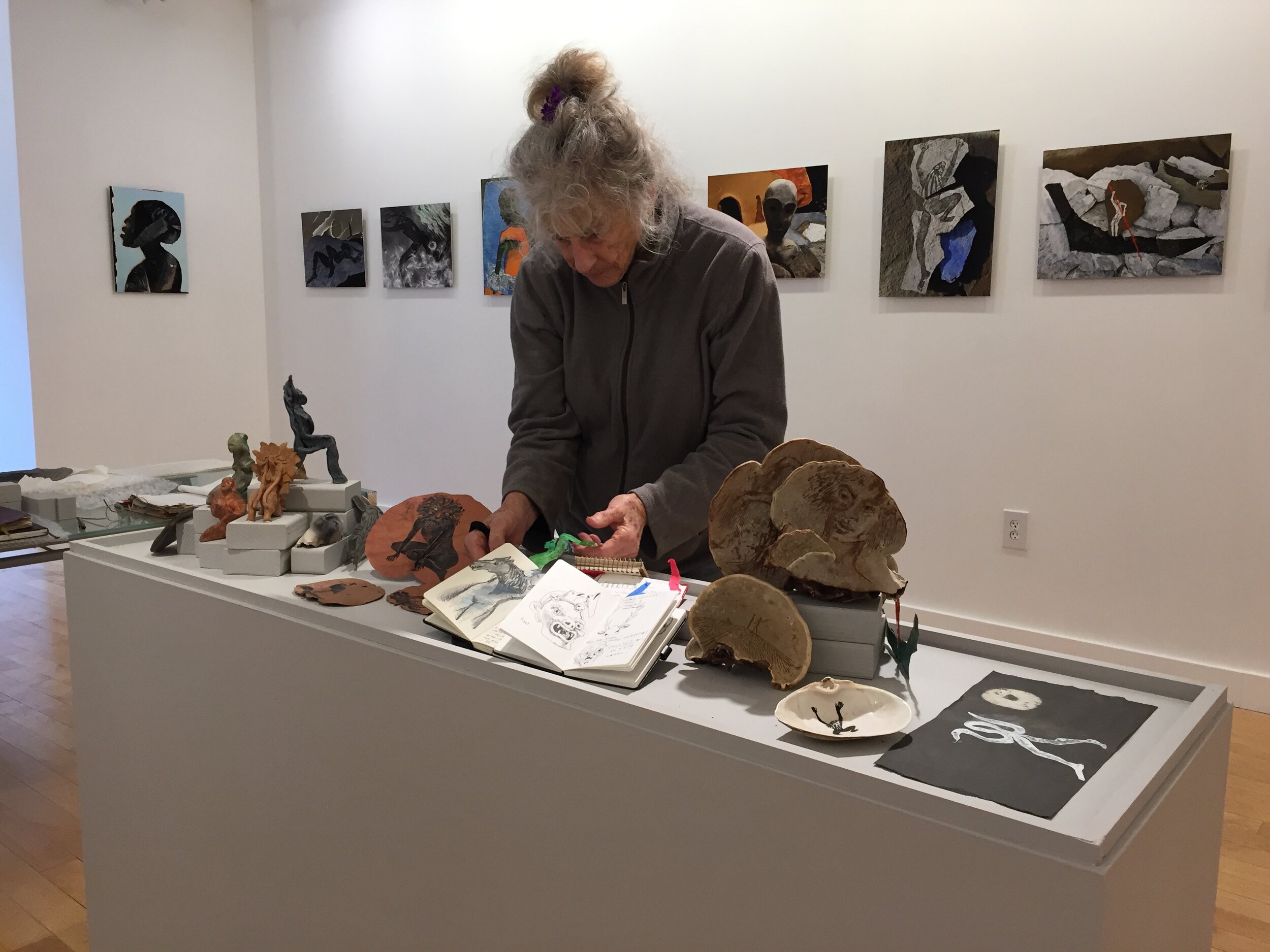
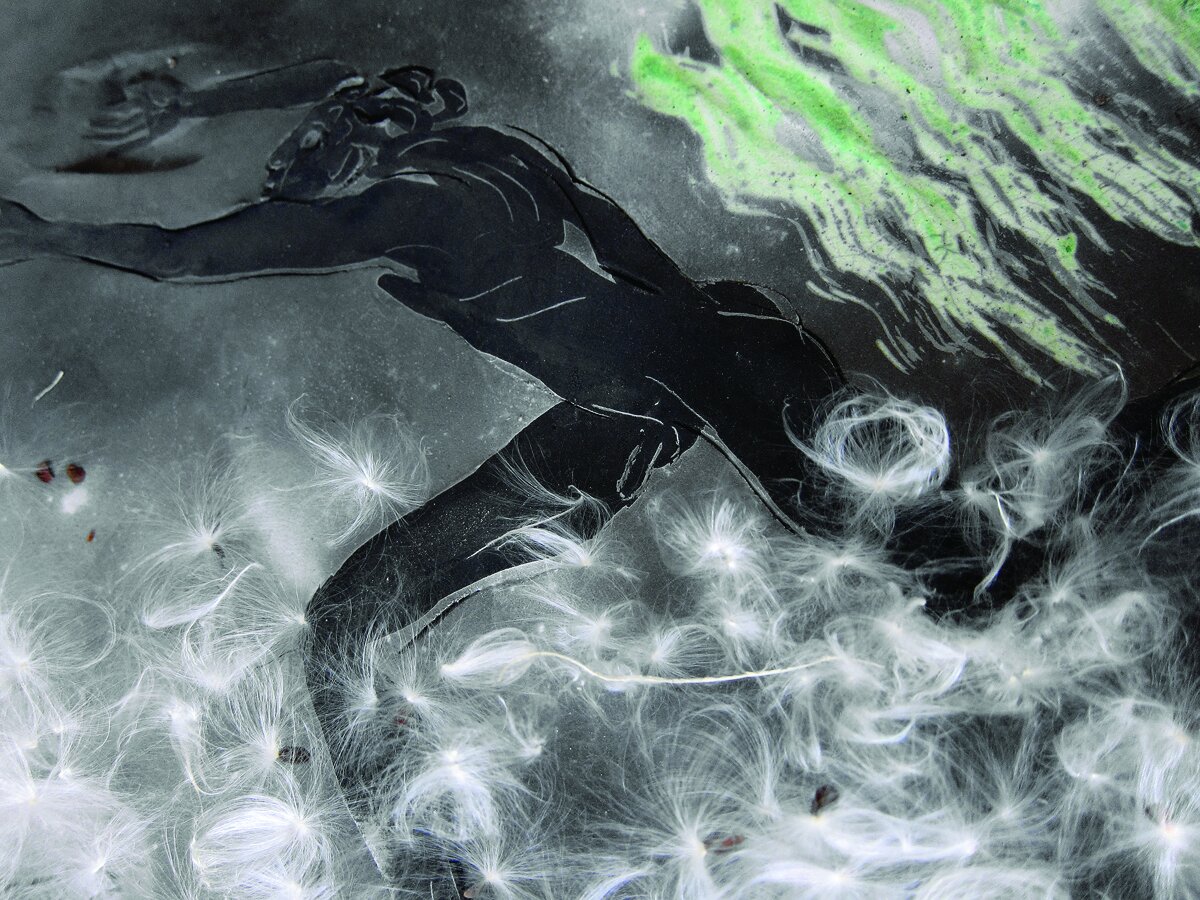
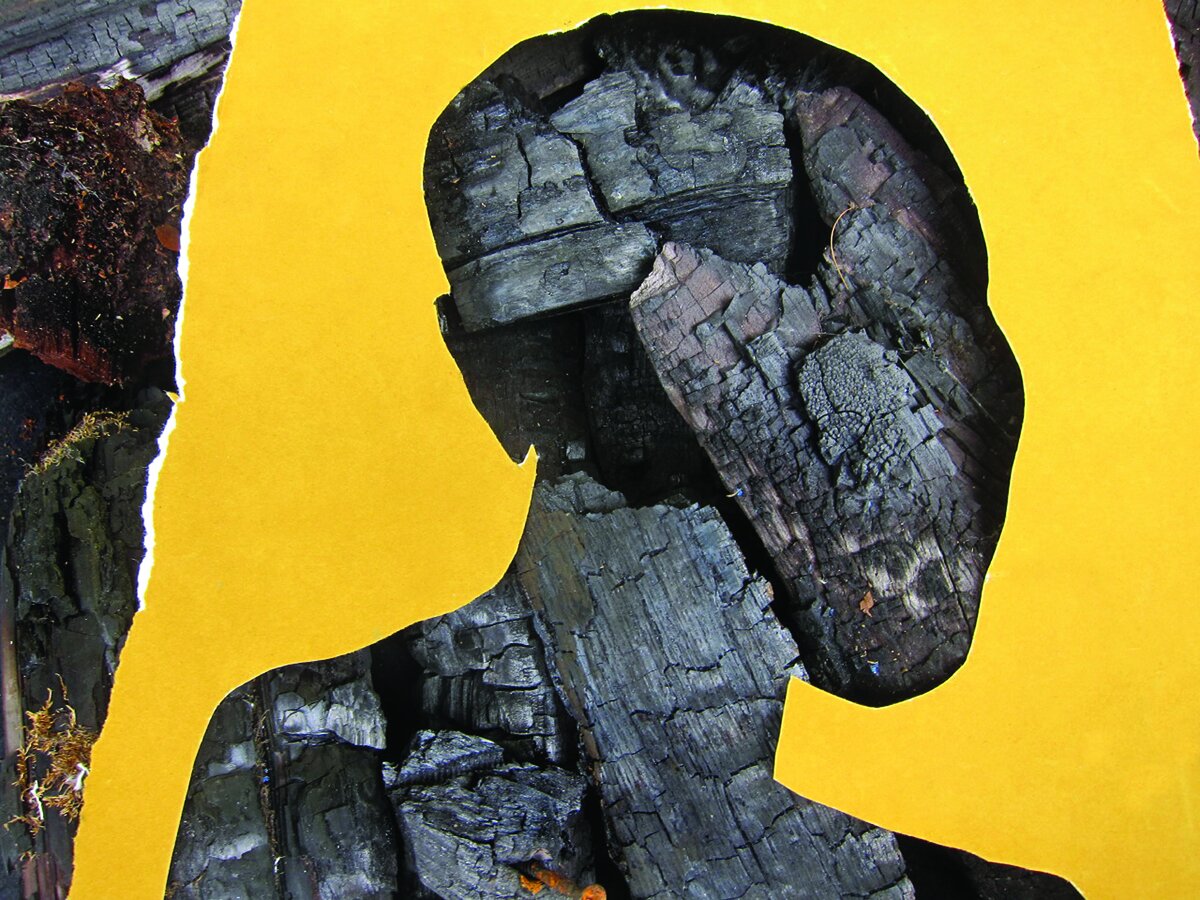
TODAY IS YESTERDAY’S TOMORROW
We are pleased to be presenting the work of Mary Frank, TODAY IS YESTERDAY’S TOMORROW. The exhibit will feature several of her paintings, drawings, sculpture, and a broad selection of her photographs.
Mary Frank was born in London, England in 1933 and moved to the United States at the age of seven. In 1950 she began creating wood sculptures, and would later study with both Hans Hofmann and Max Beckmann. Frank’s first solo exhibition took place in New York in 1961. In 1969 she began a long-term concentration on figurative clay sculpture. Many of these sculptures were monumental in scale and consisted of multiple sheets of thin, folded clay. She established a national reputation in this medium and it became the primary focus of her work throughout the 1970s and 80s. In the early 1990s, Frank turned primarily to oil painting and later, also photography.
Mary Frank has been the subject of numerous solo museum and gallery exhibitions over the years, including the solo exhibition Mary Frank: Finding My Way Home which originated at the Asheville Art Museum, Asheville, NC, in 2014 and traveled to the Butler Institute in Youngstown, OH, in 2015. In 2014 the documentary film, Visions of Mary Frank, was produced and released by filmmaker John Cohen. In 2000, the Neuberger Museum in Purchase, NY presented a major traveling retrospective of the artist’s paintings, Encounters, which was accompanied by a book with text by Linda Nochlin, published by Abrams. Hayden Herrera was the author of a major survey of Mary Frank’s career that was published in 1990 and Shadows of Africa, a collaboration with author Peter Matthiessen, was published in 1992, both by Abrams. Frank’s work is in the collections of The Metropolitan Museum of Art, New York; the Museum of Modern Art, New York; The Whitney Museum of American Art, New York; The Brooklyn Museum, New York; The Hirshhorn Museum and Sculpture Garden, Washington, DC; The Art Institute of Chicago, IL; The Museum of Fine Arts, Boston; and The Fogg Art Museum, Cambridge, MA.
Endlessly I ask myself - what is art for? The list changes.
When people make music they inhale, connect their eyes and, on
exhalation, begin the music - I would love to make that moment visible.
What is art for?
To comfort the dead,
to wake up the living,
to mark the changes of day to night,
to give courage to use oneself fully,
to transform pain into joy,
to know we are nature,
to know the migrations of stars, plants, birds, fish and mammals,
and the immigrations of people.
To take nothing for granted.
A body of work is a wonderful expression. The feet, the space
between the bones, the sigh, the scream, the wings, the eyes, the
connective tissue in us and between all living beings.
—Mary Frank
There is a catalog which accompanies the exhibit. Here is an excerpt from the essay written by Peter Kayafas.
Mary Frank’s art vibrates at the threshold between different states of consciousness and perception. Her images provide a lucid description of things that are normally fleeting, peripheral, liminal. How many of us have enjoyed the exaggerated clarity of impressions experienced in a hypnopompic state? Looking at Mary Frank’s work is like waking up from a dream where hyperreal aspects of nature and perception are spun through the infinite creativity of the brain’s imaginative powers.
Mary’s art is about the relationship between the natural world and the psyche. Her paintings, drawings, sculptures, photographs, and assemblages have consistently addressed struggle, loss, fulfillment, and how the human spirit manages to transcend these through its connection to nature. Conventional distinctions between the real and the imagined, between human beings and our animal counterparts, all collapse into fantastic arrangements. In the service of her exploration of these ideas, Mary has created and revised distinct motifs—certain combinations of human/animal morphology, labyrinths within dream-like landscapes, majestic birds and anthropomorphic leopards, to name a few—which can be seen populating all aspects of her work over the last half-century. -Peter Kayafas, 2015
Gary Metz (1941-2010)
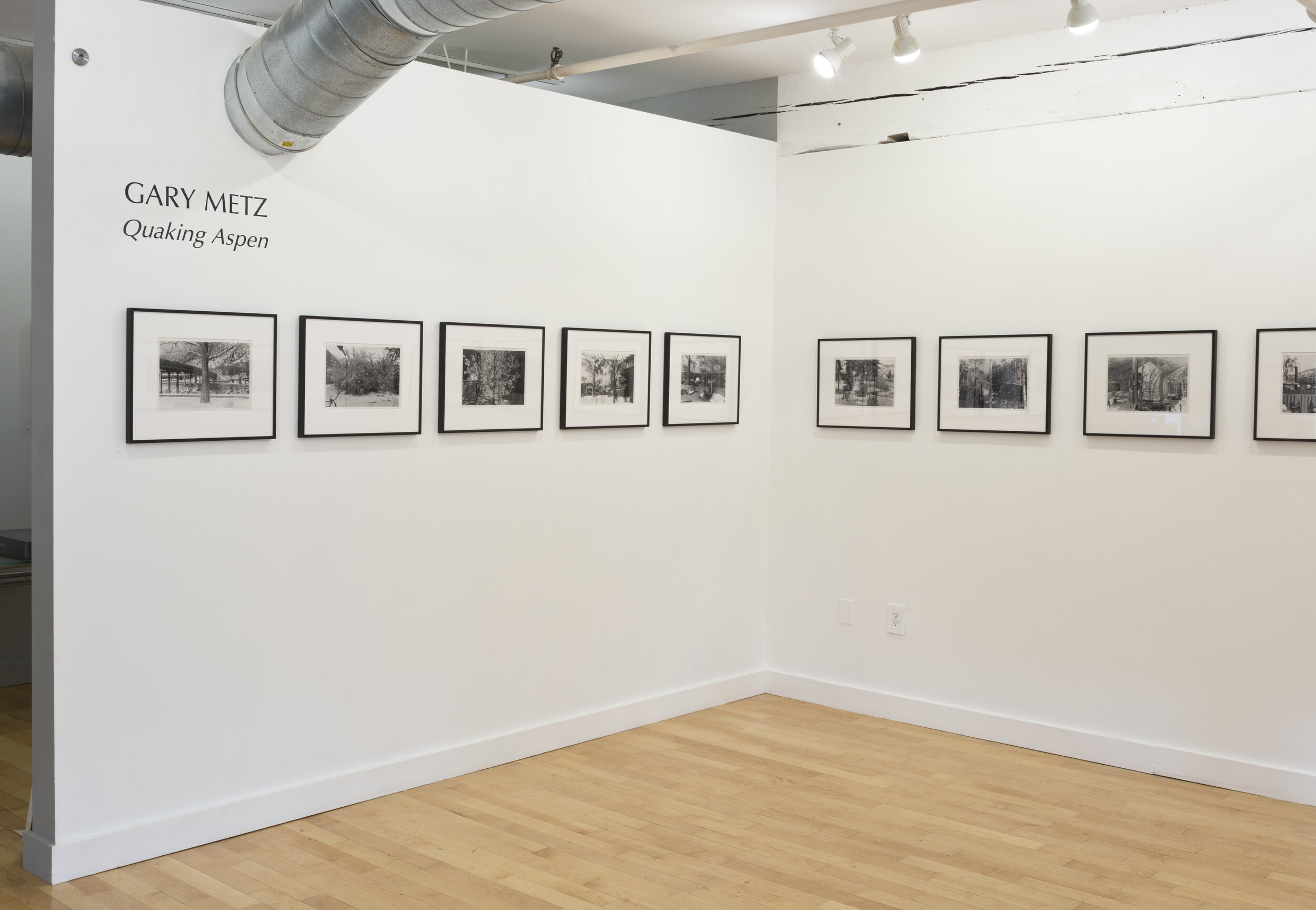
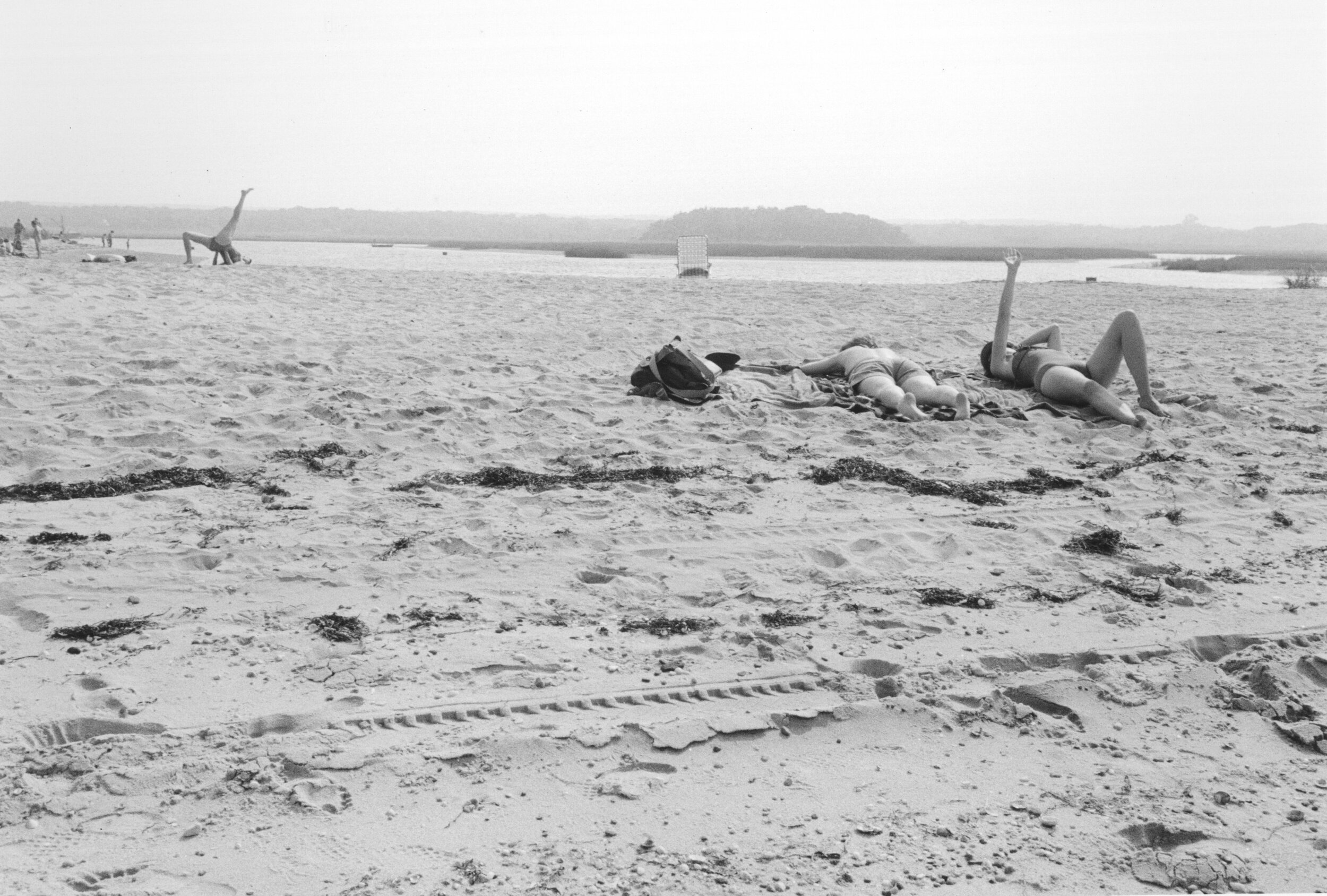
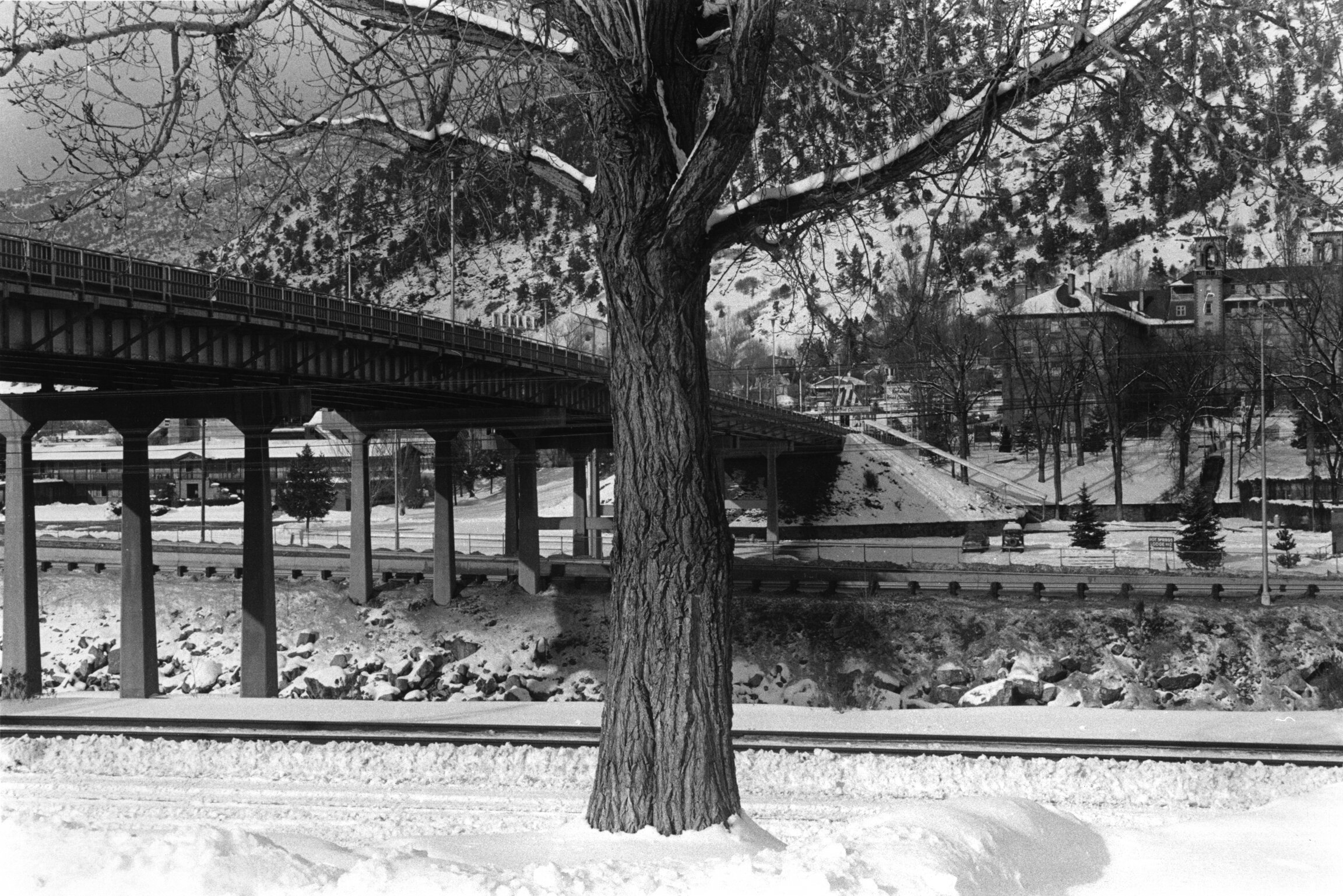

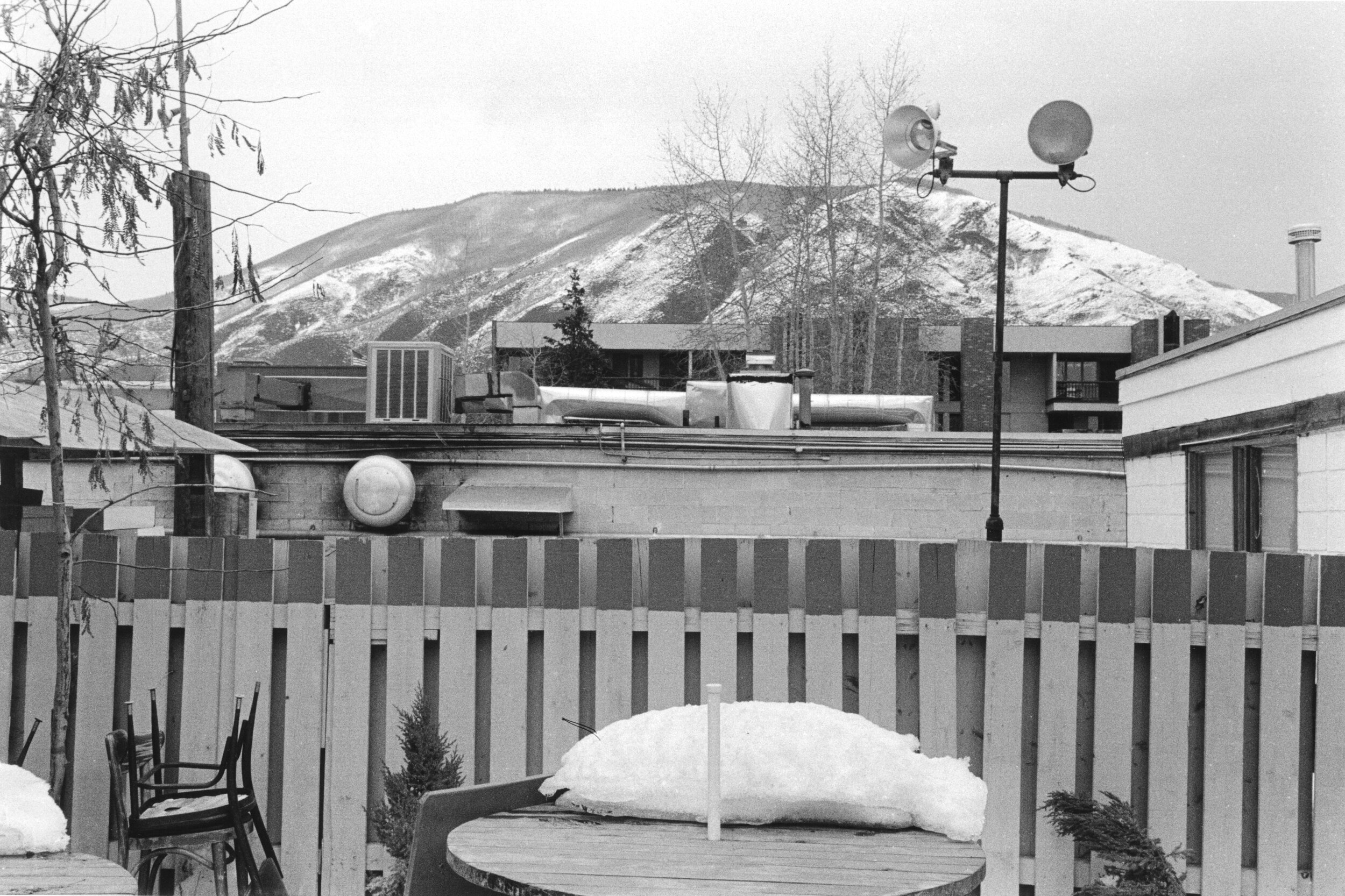
Quaking Aspen
We are pleased to have the opportunity to be exhibiting Gary Metz’s Quaking Aspen, a series of his vintage black and white gelatin silver photographs made primarily in the 1970s. Metz received his BFA from the Rochester Institute of Technology in 1968 and his MFA from the State University of New York at Buffalo in 1972. Shortly after graduating he held a curatorial internship at the Museum of Modern Art, NY and received a National Endowment for the Arts grant for the curation of The Great West: Real/Ideal and editing a publication on the exhibition. He received National Endowment for the Arts fellowships in 1972/73 and 1980/81. Before coming to RISD, he taught at the San Francisco Art Institute, University of California at San Francisco and the University of Colorado. He came to RISD in 1981 to assume the role of Department Head of Photography, a position he held until 1992/93, and taught until 2003/04
In the 1970’s, Metz generated a significant body of work that was very much in the spirit of the times. The images in this exhibition are from this series which consisted of over 700 photographs…from these 80 were edited and published in his book, Quaking Aspen: A Lyric Complaint. Metz placed a major emphasis on depicting nature as sublime, heroic, and unspoiled. Unlike previous photographers who glorified nature, Metz and his contemporaries wrenched photography out of the national parks and replaced the scenic with the vernacular of the American landscape. He photographed in and around Aspen, Colorado for over three decades.
Gary Metz was a Professor at the University of Colorado, Boulder, Director of Education at the International Center of Photography, and Head of the Photography Department at the Rhode Island School of Design. He received NEA Fellowships in Photography, 1972 and 1980, and is represented in various collections including the Museum of Modern Art in New York, George Eastman House in Rochester, NY, the National Gallery of Canada, and the Visual Studies Workshop in Rochester, NY.
The proceeds from the sale of these photographs benefit The Estate of Gary Metz at The Rhode Island Foundation which has created a biennial educator’s award administered by the Center for Creative Photography in Tucson.
